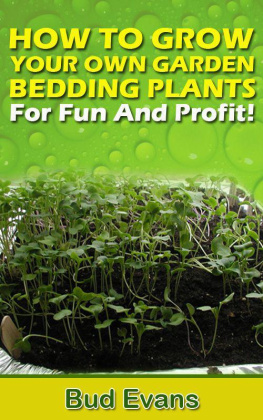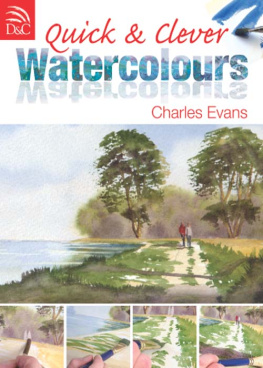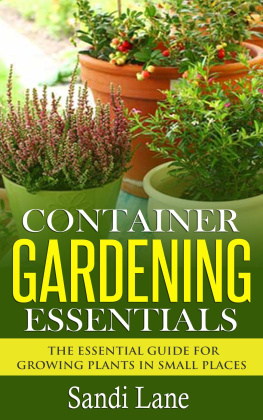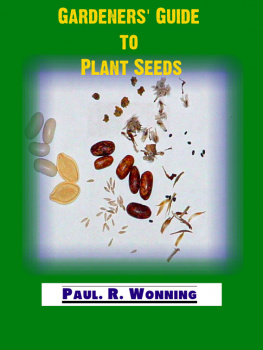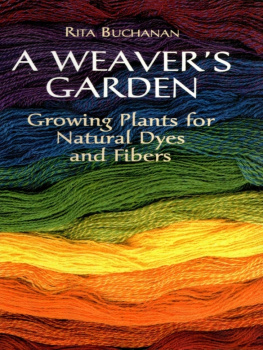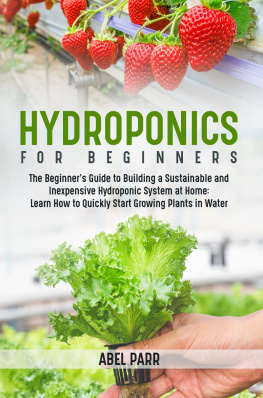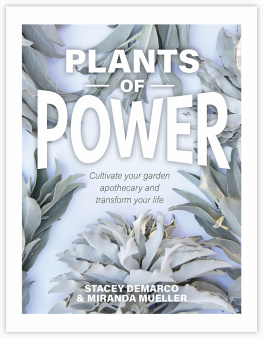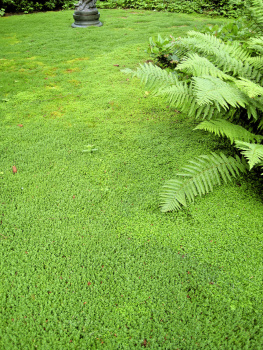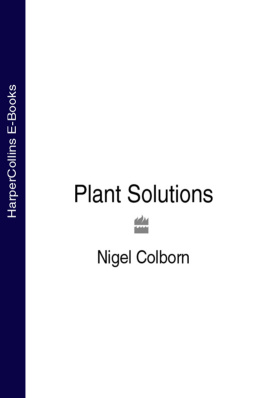
HOW TO GROW YOUR OWN GARDEN BEDDING PLANTS-For Fun And Profit!
Contents
Introduction-What Are Bedding Plants?
These are plants that you transplant into a garden in early spring to get a quicker and more reliable harvest. These plants are usually grown indoors either in a green house, under lights or in a sunny window.
The object is to start the plants 6 to 8 weeks before the last frost date. This allows the plant to have a head start on the season. Bedding plants allow the starting and ensuring an adequate growing season for many long season plants. Many types of produce could not be grown to maturity without starting the plants indoors.
This book will lead you through starting bedding plants the easiest way possible and spending the least money. It is not meant to be an all inclusive source on starting plants. If there is an area that you dont understand do you own research? This guide will get you started growing your own plants for a small or large home garden.
Here you see a large commercial crop of bedding plants.


My Style Of Bedding Plants
When To Start Your Seeds.
You need to determine when to start your seeds based upon your last frost date. The best way to determine your last frost date is by experience. Our last frost date is a little later than our neighbors on the hill behind us. Our last frost date is usually about May 15 while some of our neighbors have a last frost date of about May 1 to 5.
If you dont know your last frost date it can be obtained from the local County Extension Service in the United States. Other countries have different agencies for this information. Just do your research as this is important. Please remember that this may not be completely accurate for your property. We are also dealing with weather and climate here so there is no exact date. It is an approximate date.
While you are determining your last spring frost date you should also determine your locations first frost date in the fall. This is important information to use in selecting the right plants. The time between the last frost date and the first frost date is the growing season for most plants.
That being said you need to start your plants 6 to 8 weeks before you plan to transplant them to your garden. Different plants will be started at different times to allow adequate growth time before transplanting. Some plants like spinach, cabbage and Swiss chard can stand light frost.
You need to start working on how you will grow your bedding plants about two weeks before the seeding date. There are a lot of things to do before you plant your seeds.
Preparing For Your Seedlings
The first thing to consider is where you are going to grow your seedlings. Your seedlings need a warm well lighted place to grow. I try to find a south window that get lots of natural sunlight. In addition to sunlight I usually use additional light. This can be either daylight natural spectrum florescent light with a temperature rating of 6500 degree K or greater or the plant growing bulbs can be used. This year because of space limitations my only window is north facing. The seed trays are placed on a rack with lights installed. Because of the lack of natural light the lights will need to remain on 24 hours a day.

This guide is written from the stand point of saving money not spending it. For this reason the seedling rack is build out of scrap materials. It is 18 inches wide by 6 foot tall and four feet long. The materials came from an old crate that a neighbor gave me. The crate was disassembled for the 2 X 4s for the frame. The shelves are from an old sheet of press board that was left over from a project last year. I am not going to give you step by step instructions on how to build these racks however the pictures should provide adequate information.

Containers for Starting Your Plants.
You will need trays to start your plants. I like trays that are about 3 inches deep 12 to 16 inches wide and 16 to 18 inches long. This allows for a wide source of planting trays. Trays in this size range are easy to handle and provide adequate depth for the seedling to start before the first transplant. These same trays can be use for the second transplanting before the final transplant.
I did not have time to build the trays this year so I cheated. I went to the store to buy plant starting trays. Those that were available were plastic trays with peat pots in them and plastic trays with a growth medium in them. Peat pots were also available. Some of the supermarket starting kits had shallow trays with plastic covers for the seeds to retain moisture and heat. You can get really fancy with seed starting equipment. There are heat tapes available to place under your plants and other things to help get a quick start for your seeds.
After looking at the seed starting equipment that was available I decided that none of them met my needs. The cost of these set ups ranged from about $6.00 to more than $10.00 and this was just too costly for the number of plants that I wanted to start. I went to the baking pans and found disposable roaster pans that were about 3 inches deep and 13 inches by 16 inches in size. These looked good to me and they only cost about $2.50 per tray. Each tray came with a raised plastic cover, wow just what I needed to start my seeds. Then I went to the local wholesale warehouse and bought a large bag of potting soil for $10.00. This medium seems to be just about right for starting plants.
The trays were filled with potting soil, watered and allowed to set for a few days. This allows the moisture to spread throughout the planting medium. Your trays are now ready for seeds.

Seed and Where to Get Them
Finding garden seed is the easy part. Deciding what to grow is the hard part. I usually just grow what we eat and then try something unusual.
We have seed available at all the grocery stores in our area. The supermarkets like Wal-Mart, Fred Meyers, Target and Winco groceries all carry a fairly good assortment of seeds.
Most brands of seeds are okay as long as you purchase those labeled for the current growing year. I use a variety of brands. My favorites are Burpee, Henry Fields, Ed Hume and any heirloom seed producer.
As far as I am concerned there are only two types of seeds.
HeirloomHybrid
Heirloom seeds are those that have been around for generations and are open pollinated. I classify all open pollinated seeds as heirloom. What is open pollinated anyway? These are plants that the seed can be collected from and you can expect them to produce the same plant next year.
Hybrid plants are those that are crossed to produce specific traits. Many of these do not breed true for the succeeding generations of the plants. If you are going to save seed dont expect to save seeds from hybrid plants. The seed will probably grow but you probably will get some surprises when it comes to the fruit produced for seeds saved from hybrid plants.
Next page
